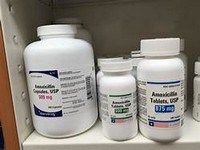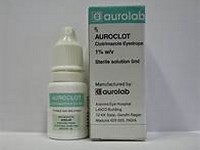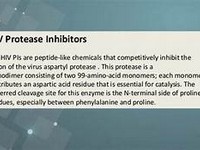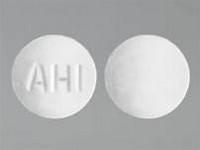Timentin

DOSE IN NORMAL RENAL FUNCTION
3.2 g every 6–8 hours, increased to every 4 hours in severe infectionsPHARMACOKINETICS
DOSE IN RENAL IMPAIRMENT
GFR (mL/MIN)
>30 3.2 g every 8 hours 10–30 1.6 g every 8 hoursDOSE IN PATIENTS UNDERGOING RENAL REPLACEMENT THERAPIES
IMPORTANT DRUG INTERACTIONS
Potentially hazardous interactions with other drugsADMINISTRATION
Reconstition
With 10 mL water for injection and add to 100 mL glucose 5%Route
IVRate of Administration
30–40 minutesComments
Each 3.2 g of ticarcillin/clavulanic acid contains 16 mmol of sodium and 1 mmol of potassiumOTHER INFORMATION
CSM has advised that cholestatic jaundice may occur if treatment exceeds a period of 14 days and can present up to 6 weeks after treatment has been stopped. The incidence of cholestatic jaundice occurring with Timentin is higher in males than in females and is particularly prevalent in men over the age of 65 years
See how to identify renal failure stages according to GFR calculation
See how to diagnose irreversible renal disease
Home








